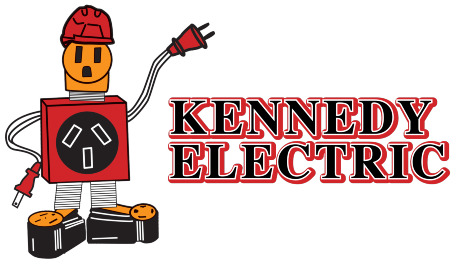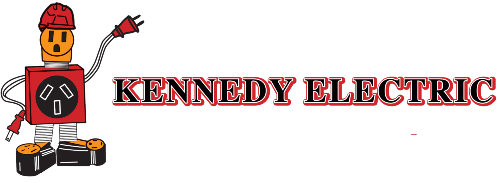Reasons to Never Overload Power Strips and Outlets
Electricians stress the importance of understanding the risks and adopting safe practices to prevent accidents and damage to electrical systems.
Overloading power strips and outlets is a common but potentially dangerous practice. While they are convenient for connecting multiple devices, exceeding their capacity can lead to serious safety hazards. Electricians stress the importance of understanding the risks and adopting safe practices to prevent accidents and damage to electrical systems.
Increased Risk Of Electrical Fires
One of the most significant dangers of overloading power strips and outlets is the heightened risk of electrical fires. When too many devices draw power from a single outlet or power strip, the wiring can overheat, causing sparks or flames. This risk is especially pronounced with older wiring or power strips that lack modern safety features. Preventing overloads is critical to reducing the likelihood of fires.
Damage To Electrical Devices
Overloading power strips and outlets can result in voltage fluctuations that damage connected devices. Sensitive electronics such as computers, televisions, and smartphones are particularly vulnerable to power surges and irregularities. Replacing damaged devices can be costly, making it essential to use outlets and power strips within their rated capacity.
Tripping Circuit Breakers
A circuit breaker is created to shut off electrical flow when the circuit becomes overloaded, preventing overheating and fire. While this safety feature is vital, frequently tripping circuit breakers due to overloading indicates an underlying issue that requires attention. Consistently overloading circuits can strain the electrical system, potentially leading to costly repairs.
Exceeding The Power Strip’s Rating
Power strips are rated for a specific wattage or amperage, and exceeding this limit compromises their safety and functionality. Plugging high-wattage appliances such as space heaters, microwaves, or air conditioners into power strips can quickly exceed their capacity. Electricians recommend using dedicated outlets for high-energy devices to avoid overloading the strip.
Misusing Power Strips
Using power strips incorrectly contributes to overloading and other safety issues. Daisy-chaining multiple power strips, where one strip is plugged into another, is a common but unsafe practice that increases the risk of overloading circuits. Additionally, using indoor power strips in outdoor settings or failing to replace damaged strips can lead to electrical hazards.
Understanding The Limitations Of Outlets
Standard wall outlets are designed to handle a specific electrical load. Plugging too many devices into a single outlet using adapters or splitters can exceed its capacity, leading to overheating. Replacing standard outlets with higher-capacity ones may be necessary in areas with heavy electrical demands. An electrician can assess the system and recommend appropriate upgrades.
Recognizing Signs Of Overloading
Recognizing signs of overloading helps prevent accidents before they occur. Common indicators include warm or hot outlets, flickering lights, buzzing sounds, or the scent of burning plastic. Tripped breakers or discolored outlets are also warning signs. Addressing these issues promptly by consulting an electrician prevents further damage and reduces risks.
Using Surge Protectors For Safety
Surge protectors give an added layer of safety by shielding devices from voltage spikes caused by overloading, lightning strikes, or other electrical disturbances. Unlike standard power strips, surge protectors have built-in mechanisms to divert excess electricity, protecting connected devices. Selecting surge protectors with adequate ratings for the devices being used enhances safety.
Distributing Electrical Load
Distributing the electrical load across multiple outlets helps prevent overloading. Using outlets in different areas of a room or installing additional outlets reduces strain on any single point in the electrical system. An electrician can provide professional advice on creating a balanced load to improve safety and efficiency.
Upgrading The Electrical System
Older homes may have electrical systems that are not designed to handle the requirements of modern appliances and technology demands. Upgrading the system with additional circuits or higher-capacity outlets improves safety and prevents overloading. An electrician can evaluate the current system and recommend solutions that meet the property’s needs.
Prioritizing Safety And Longevity
Safe electrical practices extend the lifespan of power strips, outlets, and connected devices while reducing risks to property and occupants. Avoiding overloading, using appropriate surge protectors, and seeking professional guidance for electrical system upgrades are essential for maintaining a safe and functional environment. Working with an electrician provides the expertise needed to address possible hazards and make informed decisions about electrical safety.
Get top-quality EV charging station installation, outlet and switch installation, Home lighting, and under-cabinet lighting for residential and commercial property owners. We use quality parts and materials and stand behind our workmanship.


